
A Comparison of Different Types and Styles of Rum for National Rum Day 2024
It's National Rum Day on Friday, so let's take a detailed look at the different types of rum including a brief history of rum, flavor profiles, differences in distillation and aging, and some notable brands.
A Brief History of Rum
People have been fermenting and creating alcoholic beverages for thousands of years. It is reported that sugarcane was being fermented in India as early as 350 B.C., for medicinal purposes, but it would not have been called rum, that came later.
What we know of today as rum originated in the Caribbean in the 17th century, where it was first distilled from molasses, a by-product of sugar production. At the time, there was no use for molasses. It was too heavy to ship anywhere, and had no value so it was just dumped, often at sea.
At some point, someone noticed it fermenting and realized it could be distilled into an alcoholic beverage. The original rum would not have been very good, and was consumed by slaves who could not afford more expensive cognac, brandy or sherry, the more popular spirits of choice at the time.
As production methods improved, and the quality of the rum improved, it gained popularity, especially among sailors, pirates, and colonists, and became a key commodity in the transatlantic trade.
In the 18th century, rum production spread to colonial America, where it became an economic staple. The British Royal Navy issued rum as part of sailors' daily rations, mixing it with water and other ingredients to create "grog."
As slavery was abolished in the 19th century, rum production modernized, leading to improved quality and the introduction of aging in barrels, which enhanced its flavor. The 20th century saw the rise of iconic rum brands and cocktails, solidifying rum's place as a globally popular spirit.
What Makes Rum, Rum?
According to the United States Standards, rum is defined as:
“an alcoholic distillate from the fermented juice of sugarcane, sugarcane syrup, sugarcane molasses and other sugarcane by-products, produced at no less than 190 proof in such manner that distillate possess the taste, aroma and characteristic generally attributed to rum, and bottles at no less than 80 proof; and includes mixture solely of such distillates.”
Unlike many spirits, such as tequila and bourbon however, rum is not tied to any specific geographic area. Rum can be produced anywhere in the world, and each country has their own guidelines.
A lack of any international standard means that each producer is free to use whatever production techniques they want, within their country’s guidelines. Variations in yeast strains, fermentation techniques, distillation methods, blending, and aging vessels and time allow each producer to develop a product that is unique to them, and their geographical region.
From a classification standpoint, if it’s distilled from sugarcane, it’s rum.
The countries best known for rum production are Caribbean countries such as Barbados, Cuba, Trinidad, Jamaica, and Cuba, mainly because they have an ideal climate for sugarcane production.
How Rum is Made
As with all spirits, rum is made through a multi-step process involving fermentation, distillation, aging, and sometimes blending.
Sugarcane Harvesting
Raw Material: Rum production begins with sugarcane, which is harvested and processed to extract the sugarcane juice. Molasses, a by-product of sugar refining, is a thick, dark syrup that can also be used to make rum.
Molasses vs. Sugarcane Juice: Rum can be made from molasses, a by-product of sugar refining, or directly from fresh sugarcane juice. The base ingredient influences the flavor and character of the rum. For example, "Rhum Agricole" and "Cachaça" are made from sugarcane juice, while other rums can be made from sugarcane juice, sugarcane syrup, or molasses.
Fermentation
Mixing with Water and Yeast: The sugarcane juice or molasses is mixed with water and yeast in large fermentation tanks. Yeast converts the sugars present in the mixture into alcohol through fermentation.
Duration: Fermentation can take anywhere from a day to several weeks, depending on the desired flavor profile. Longer fermentation tends to produce more complex flavors.
Distillation
Distilling the Fermented Mash: The fermented liquid, called "wash," is then distilled to concentrate the alcohol and remove impurities. Distillation is typically done in pot stills or column stills.
Alcohol Content: The distillation process increases the alcohol content, usually resulting in a clear spirit with an ABV (alcohol by volume) ranging from 70% to 95%.
Aging
Maturation in Barrels: Rum is aged in wooden barrels, often oak, which can be new or previously used (e.g., bourbon barrels). As with whisky, the longer the spirit is aged, the more it takes on flavors from the wood. The climate around the barrels affects the alcohol content, so rums from different geographic regions tend to have similar flavor profiles.
Duration: The aging process can vary widely, from a few months to many years. The longer the aging, the more complex the flavor profile. If a rum is aged for only a few months, it is said to have been “rested,” but if aged for more than 3 years, it is considered “old rum” (but that’s a good thing).
Color and Flavor: Aging also imparts color to the rum, turning it from clear to golden or dark, depending on the length of time and type of barrel used.
Blending
Combining Different Rums: Many rums are blends of different batches, ages, or styles to achieve a consistent flavor profile. Brands want to produce a consistent product so customers know what they’re getting. Master blenders play a crucial role in ensuring the final product coming out of their distillery is the same, year after year.
Additives: Some producers may add caramel for color or spices and flavorings to create spiced or flavored rums. These additions must comply with regional regulations.
Bottling
Dilution and Bottling: Before bottling, the rum may be diluted with water to achieve the desired ABV, usually around 40%, although higher-proof rums are also available.
Final Filtration: Some rums undergo filtration to remove colour (light rums), any impurities or particles before bottling.
Quality Control
Tasting and Testing: The final product is often tasted and tested to ensure it meets the producer’s quality standards before being bottled, labeled, and distributed.
The production process results in the wide variety of rum styles and flavors enjoyed around the world, from light and crisp white rums to rich and complex aged rums.
Rum Categorization
Now the tricky bit. Rum is not a legally recognized product the way bourbon, Scotch, and tequila are. There are no internationally recognized standards for production so each country is free to set their own rules, making categorization difficult.
Rum can be categorized according to a number of different criteria.
- Base ingredient: cane juice, cane syrup, or molasses (and in some cases, white sugar)
- Color: light, gold (amber), or dark (more on this below)
- Geographic region: county of origin
- Aging: un-aged, aged in stainless steel tanks, or barrel aging
- Alcohol content: standard (40%) or overproof
- Flavor profile: light and sweet, dark and rich, spiced, etc.
- Production methods: pot still or column still
- Blends: blended (including multi-region blends) or un-blended
As you can see, there are quite a few ways to differentiate one type of rum from another, so where do we start?
There’s a lot of crossover, and most rums fall into multiple categories. For example, most dark rums are made from molasses, and aged in wooden barrels. Light rums can be made from either cane juice or molasses (or both), may be aged or un-aged, and they may also be un-blended, or could be blends from multiple geographic regions, or blends of aged and un-aged rum.
Most people are looking for a rum based on flavor profile. They may prefer one flavor over another, and since dark rums tend to be richer and have more flavor than clear rums, a color based categorization is relatable to most people.
You may also be looking for a clear rum, or a dark rum, for a specific cocktail or food recipe so again, categorization based on color makes sense.
We need to start somewhere, so I’m going to start with color, but keep in mind that color is just a starting point because there is so much overlap between categories that there are many different ways to categorize rum. Further down I’ll talk about some of the other ways to differentiate rum based on other factors.
The flavor profiles described are generalizations and are a guideline only.
Thanks to Matt Pietrek from Rum Wonk, and his article on The Fallacy of “White Rum” that clarifies (pun intended) some issues surrounding the term “white rum.” I’ve included some of his insight here.
Categories of Rum
Clear (Light) Rum
I will not be using the term “white” rum because, clearly, white rum is not white, it’s clear.
Base Ingredient: Contrary to popular belief, light rums can be made from either cane juice, or molasses (see below).
Flavor profile: Mild, with a slight sweetness, making it ideal for cocktails like mojitos and daiquiris.
Clear rums include quite a few different types of rum that can be made from cane juice or molasses, be aged and filtered, or un-aged, and be multi-region blends (or not).
Aged and Filtered Rum
These rums are aged in wood barrels, usually for 1 to 5 years, before being filtered to remove the color, but maintain some of the flavor achieved as a result of the barrel aging.
These are the rums you normally think of a light rum, and include some of the most common brands you see in your local liquor store, including:
- Bacardi Superior
- El Dorado 3
- Havana Club
Multi-Region Blended Rum
These represent a distinct category of light rums, but overlap with the previous category because they may be aged, or aged and filtered.
This is a relatively new category, only appearing within the last 20 years, but represents it’s own category of light rums.
Well-known brands include:
- Plantation 3 Stars (used in our Classic Daiquiri and Blueberry Mojito recipes)
- Banks 5 Island
- Tiki Lovers White Rum
Un-aged Cane Juice Spirits
This category of light rums has a distinct light, grassy, vegetal flavor profile from the un-aged cane juice, unaltered by barrel aging.
This category would include clear un-aged Cachaça and Rhum Agricole.
Brands you might recognize include:
- Clement Blanc
- Depaz Blanc
- Saint James Blanc
Un-aged Molasses Rum
Also clear, even though they are distilled from molasses, these rums are difficult to categorize because they may have significantly different flavor profiles, depending on the distillery.
Gold (Amber) Rum
Aged for several years, or more, in wood barrels. Gold rums typically take on flavors of vanilla, almond, and caramel along with a golden or amber hue.
These medium bodied rums are not as rich and sweet as dark rums and are great for mixing in a cocktail, or for baking or using in desserts.
Flavor Profile: Balanced and slightly richer than white rum, with more pronounced flavors from brief aging. Generally, has notes of caramel, toffee, vanilla, mild oak, and dried fruits.
Some well-known brands that you might find in your local liquor store include:
- Appleton Special
- Bacardi Gold Rum
- El Dorado 5
Dark Rum
Dark rums are aged longer in wood barrels than gold rums and take on a deeper color and richer flavor. Dark rums are great in cocktails and baking but also served neat.
Flavor Profile: Deep, rich, and full-bodied, often with complex flavors developed through longer aging. Generally, dark rums have notes of molasses, brown sugar, spice (cinnamon, nutmeg), chocolate, coffee, and dark fruit (plum, raisin).
Brands you might recognize include:
- Havana Club Cuban Smoky
- Aria Dark Rum
- Diplomatico Mantuano
Black Rum
Black rums are the darkest rums. The dark color is often achieved by being aged for a long time in charred barrels. However, dark rums may be un-aged, with color and flavorings added. They typically have the richest molasses and caramel flavors and are great in cocktails and baking. Aged dark rums can also be sipped neat like a good whisky.
Popular brands include:
- Gosling’s Black Seal Rum (my personal favourite, but I’m biased because my wife has family in Bermuda. This is the rum to use for The Dark 'n Stormy.)
- Bacardi Black Rum
- Maui Dark Rum
Rhum Agricole
Rhum Agricole is a French rum distilled from cane juice, and as mentioned above, clear Rhum Agricole could be included as a sub-category of clear rum.
It has a grassy, and somewhat funky taste and is generally used in cocktails.
Flavor Profile: Earthy, grassy, and vegetal, with a distinct freshness that comes from using sugarcane juice instead of molasses. Common flavor notes include fresh-cut grass, green apple, herbal notes, citrus, and sometimes a hint of pepper or brine.
Brands include:
- Clément XO
- Vieux 1983
- Neisson Rhum Réserve Spéciale
Cachaça
Cachaça falls under the clear rum category mentioned above, but deserves special note due to the fact that it has a regional designation as a product of Brazil, similar to tequila (Mexico) and bourbon (United States).
Cachaça is a cane juice spirit, usually un-aged. Large manufacturers use column stills, but there are also smaller artisanal producers that produce Cachaça using natural yeast, in copper pot stills. Some Cachaças are aged in local Brazilian wood barrels to add flavor and soften the finish.
Flavor Profile: Similar to Rhum Agricole but often slightly sharper and more pungent, with a strong sugarcane presence. Common notes include fresh sugarcane, tropical fruit (pineapple, banana), grass, and sometimes hints of smoke or vanilla.
Popular Cachaças include:
- Agua Luca
- Cabana
- Cachaça 51
Spiced Rums
Spiced rums are flavored with spices, herbs, citrus, and other natural flavorings. They are usually used in cocktails.
Flavor Profile: Warm, aromatic, and often sweet, with added spices and flavorings. Usually has notes of cinnamon, cloves, nutmeg, vanilla, ginger, and sometimes citrus peel.
Brands you’ve probably heard of include:
- Captain Morgan Spiced Rum
- Las Olas Spiced Rum
- The Kraken Black Spiced Rum
Overproof Rum
Rum distilled to a higher proof than what you would usually see. Personally, I do not really like overproof rums. I find the high alcohol content means you use less of it in a cocktail so it has less rum flavor than a standard (40% ABV) rum would.
Flavor Profile: Intense and powerful, with higher alcohol content; flavors can range from sharp and fiery to rich and fruity with notes of molasses, ripe banana, tropical fruit, and spices, with an underlying alcoholic heat.
Navy Rum
Navy rum was traditionally a blend of rums from various British territories in the Carribbean giving it a unique flavor profile. By supporting Jamaican, Trinidadian, Barbados, and Guyana rum producers they ensured there was a thriving rum industry.
You can read more about Navy rum in this History of Rum.
Popular brands that you might recognize include:
- Lamb’s Navy Rum
- Pusser’s
- Skipper Demarara
Conclusion
The main takeaway is that there is more to rum categorization than just the color because color does not tell the whole story. The production methods, including raw materials, distillation methods, aging, climate, and more are major factors that influence the flavor profile of the rum.
This was a long read, thanks for reading all the way to the end, and I hope you’ve learned a little something along the way.
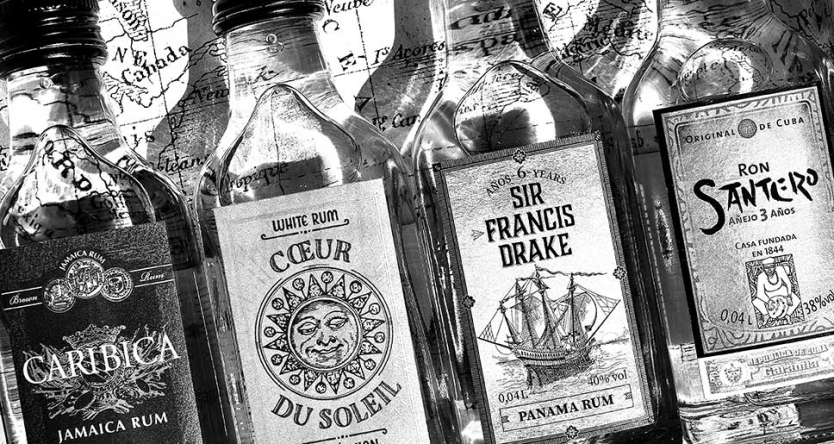
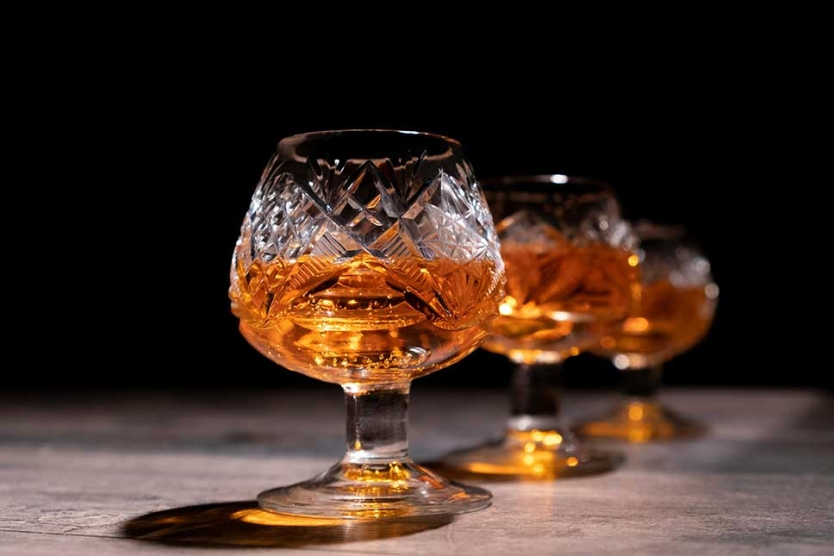

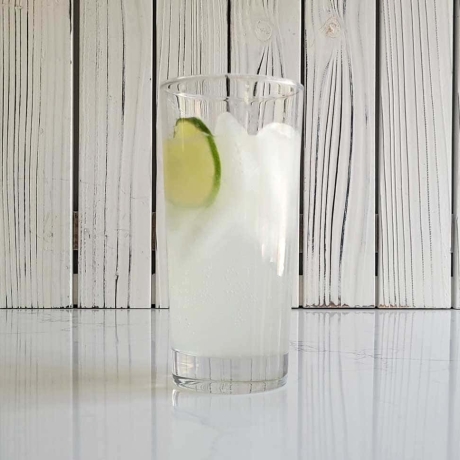
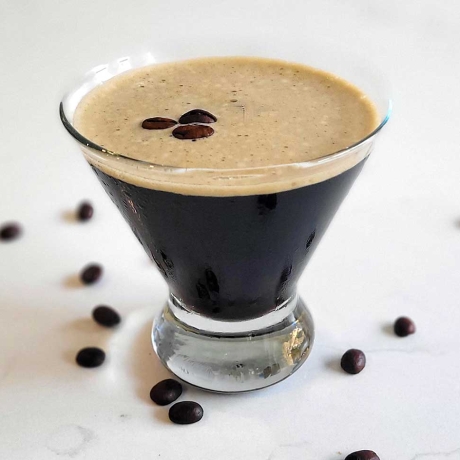


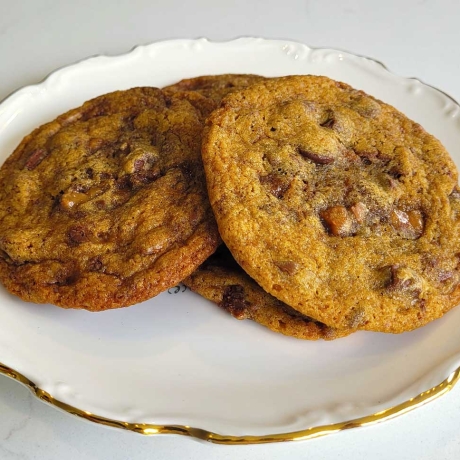

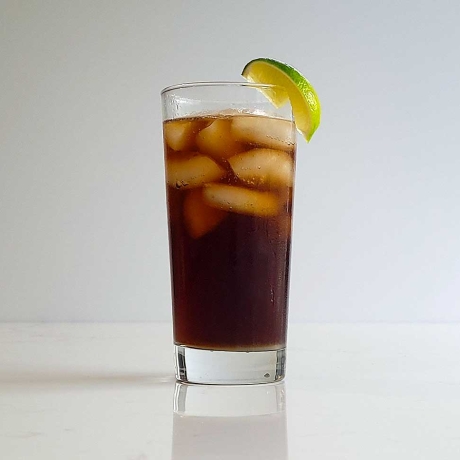
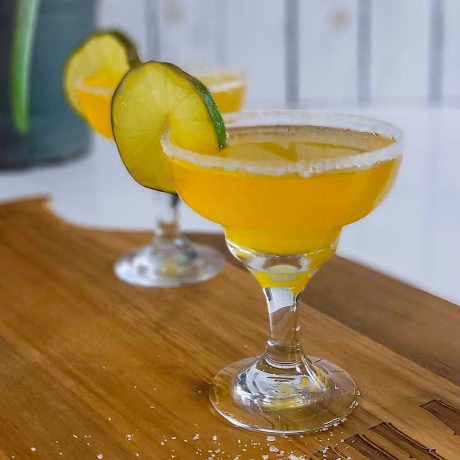
Comments
Be the first to leave a comment.